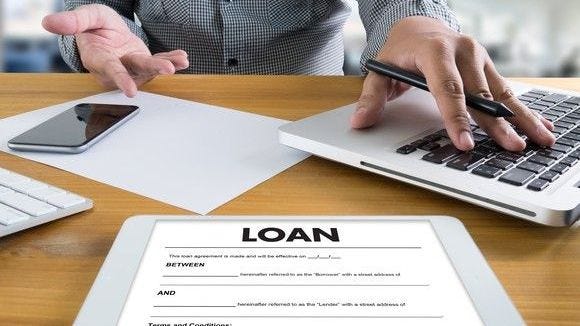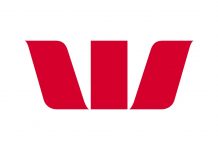If you have a wallet full of credit cards, ring up debts on most of them, and struggle to make only minimum payments per month, it may be time to consider consolidating what you owe into a single monthly payment.
Debt restructuring is often the only way without facing bankruptcy to avoid financial quicksand, but it requires considerable effort and sometimes a significant lifestyle change.
If you agree that it makes sense to merge, then you will need a plan. In any scheme, the first step is to find out how much you owe and what kind of debt it is. Is it just credit card debt, or do you owe money to a home, car, or personal loan, as well?

What You Initially Need to Know
Unsecured debt is what you owe on credit cards, personal loans, and student loans; if you don't use collateral, the lender can take back something. However, if you default, they may sue and seek to garnish your wages.
The downside of unsecured debt is the rate of interest. A loan without collateral poses a greater risk for borrowers than one with collateral, which means that the interest rate is almost always higher.
Your FICO score, which is the number of credit rating agencies that apply to your finances, is critical in deciding whether you can get a loan or a credit line that is broad enough to consolidate your debts at a fair interest rate.
The growing plan allows you to have the income to cover the monthly payment, as well as all other expenses. If a payment is skipped, the agreement could easily collapse. If you're using a HELOC or Home Equity Loan, you could even face foreclosure.
Great Tips for Debt Consolidation
Paying them off can be a long, frustrating process if you have balances on many different credit cards. When you have to break your payments between say, seven separate accounts, it's hard to make progress paying off your debt.
Wouldn't it be easier to pay only one bill and take care of all your debt by credit card? By combining your interest payments, you can combine interest and pay off your debt faster. There are different ways in which you can resolve debt on your own without charging a debt restructuring company.
Credit Card Balance Transfer
To switch your balances into a single credit card, you can use a low rate balance transfer. That is when your credit card has a fairly high credit cap.
A low credit limit does not stop you from making a transfer of your balance. To relieve some of the debt pressure, you should move only one or two of your highest interest rate credit card balances. Before you consolidate your debt with a balance transfer, make sure that the transfer actually saves you money. In some cases, consolidating debt isn't worth it, and you end up paying more.
Home Equity Loan
With a home equity loan or home equity credit line, you can borrow against the equity of your home and use the loan to pay off your credit card debt.
A home equity loan is a closed-ended debt that has been repaid over some time. A home equity credit line is an open-ended credit card type of loan that you can borrow and repay.
Home equity loans and lines of credit also have lower interest rates and higher borrowing caps than other forms of investments. There's one downside, though. You secure your debt by credit card with the equity in your home. If you fall behind on your payments, you will face bankruptcy, which is much worse than defaulting on your payments via credit card.
Debt Consolidation Loans
Debt restructuring loans are only used for merging all of your debts. These loans may be offered by major banks or so-called non-profit debt restructuring firms. Be careful to consolidate the debt with debt consolidation companies.
These loans also contain extra costs, which makes the loan rate much higher. Avoid borrowing money from one such company. Instead, check your bank or credit union's loan at low-interest rates for better terms and to ensure that you are not scammed.
Borrow a Life Insurance Policy
It is, by definition, not the most way of consolidating debt, but if you have to choose between a life insurance loan or bankruptcy, it might be better to borrow from your insurance. Usually, you can borrow up to your loan's cash value and use the money to repay debt.
Your insurance provider won't allow you to take out any loans as long as the loan is smaller than the policy's cash value, but it's a good idea to make it. If you don't repay the loan, then you'll use the death benefit to cover what you've borrowed, and your survivors may not get anything.
Borrow from Retirement
This is also another form of last resort you can use to consolidate debt. Most retirement plans allow you to borrow against them, but consolidating with a 401k loan does have some disadvantages.
The loan will be repaid in five years, to begin with; otherwise, it will be considered an early withdrawal and will be subject to a penalty and income tax. Not only that - if you leave your job, the loan must be due within 60 days or you will face penalties for early withdrawals.

Conclusion
Divide the debt into secured and unsecured types, if it's a mixture. That's important because there is something you own attached to secured debt. Failure to make payments will lead to a foreclosure if you own a home. If you owe car money and don't pay for it, the lender will repossess the vehicle.
Before borrowing from your retirement, think long and hard and do it only when the other option is withdrawal from retirement. These are our tips for debt consolidation. Take heed!
















